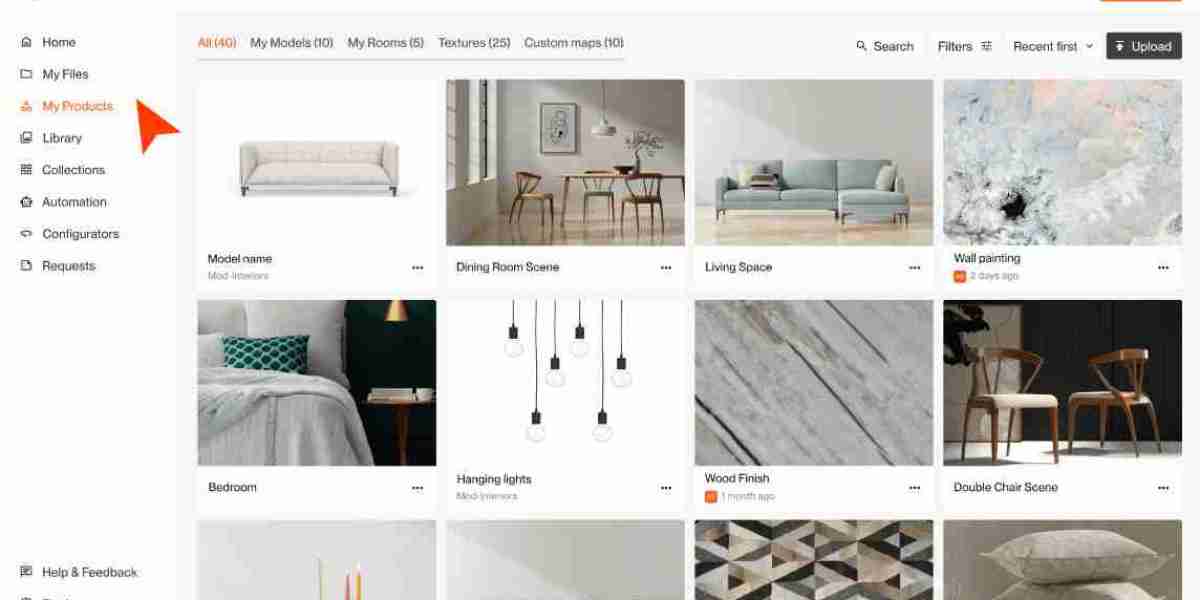One such innovation that has significantly transformed the furniture and mattress industry is 3D rendering. This cutting-edge technology has revolutionized the way businesses in this sector operate, offering numerous benefits that have reshaped the entire landscape. Let's explore how 3D rendering is driving positive change and propelling the industry forward.
Enhanced Product Visualization
Gone are the days when customers had to rely solely on flat images or physical showroom visits to envision how a piece of furniture or a mattress would look in their space. With 3D rendering, businesses can create stunning, lifelike images that showcase their products from every angle. Whether it's a sleek modern sofa or a luxurious king-sized mattress, customers can now explore the intricacies of each design in exquisite detail.
Personalization and Customization
One of the most significant advantages of 3D rendering is its ability to facilitate customization. Customers can now personalize their furniture and mattress choices by selecting different colors, materials, sizes, and configurations, and instantly see the results through rendered images. This level of personalization not only caters to individual preferences but also fosters a deeper sense of engagement and satisfaction among customers.
Streamlined Design and Development Process
In traditional manufacturing processes, designing and prototyping new furniture or 3d mattress models can be time-consuming and costly. However, with 3D rendering, businesses can streamline the design and development process significantly. Designers can create virtual prototypes rapidly, iterate on designs more efficiently, and make adjustments with ease, reducing both time and resources spent on physical prototyping.
Cost Savings and Risk Mitigation
Investing in physical prototypes entails considerable expenses, especially if designs need to be revised multiple times. By leveraging 3D rendering technology, businesses can minimize these costs and mitigate risks associated with product development. Virtual prototypes allow for early identification of potential issues or design flaws, enabling companies to address them before moving to the production stage.
Improved Marketing and Sales Strategies
High-quality rendered images serve as powerful marketing assets that can be used across various channels, including websites, social media platforms, and marketing materials. These visually appealing representations help capture the attention of potential customers and communicate the unique features and benefits of products more effectively. Additionally, interactive 3D visualizations and virtual reality experiences can further enhance the shopping experience, driving engagement and conversion rates.
Expanded Market Reach
With the rise of e-commerce, businesses in the 3d furniture designs are no longer limited by geographical boundaries. 3D rendering enables companies to showcase their products to a global audience without the need for physical showroom presence. Customers from different parts of the world can explore and purchase items online, leading to expanded market reach and increased sales opportunities.
Conclusion
In conclusion, 3D rendering has emerged as a game-changer for the furniture and mattress industry, offering a myriad of benefits that encompass everything from design and development to marketing and sales. By leveraging this advanced technology, businesses can elevate their offerings, delight customers with personalized experiences, and stay ahead of the competition in an increasingly digital marketplace. As technology continues to evolve, the possibilities for innovation within the industry are virtually limitless, promising an exciting future filled with creativity, efficiency, and customer-centric solutions.



